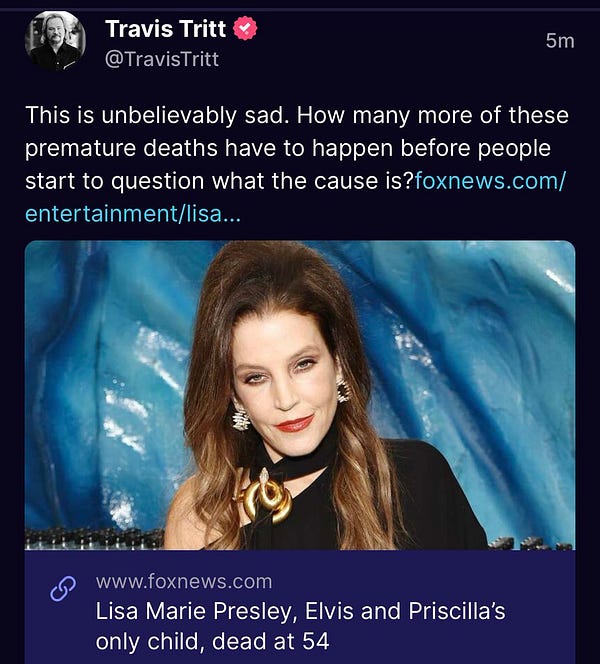
“Critical thinking” is a term thrown around so much it has become almost meaningless. It is embedded deep into the Common Core State Standards for public schools across the nation, which set standards for English and math. And it is discussed in countless articles by educators and for educators that attempt to evaluate and then decide how our students learn. Despite this talk, however, it also is estimated that only 1 in 10 instructors actually teach critical thinking skills.
A Forbes article written at the beginning of the Covid shutdown in April 2020, makes the case (and a good one), that the United States treats the teaching of critical thinking in schools as a “luxury good” — generally, it’s hard to come by and is often only taught in advanced placement classes where the majority of students come from wealthier, white households.
For a different perspective, Finland has directly incorporated critical thinking into its curriculum in an effort to teach children how to spot misinformation and propaganda. Their idea, as is ours, is to help students understand the difference between fact and fiction, fact and opinion and the importance of evidence-based journalism. But in Finland, “media literacy” is part of the national core curriculum starting in preschool. Said one teacher, “They really can’t understand fake news or misinformation or anything if they don’t understand the relationship between social media and journalism.”
Critical thinking is generally defined as:
…a systematic cognitive strategy to examine, evaluate, and understand events. It involves solving problems and making decisions on the basis of sound reasoning and valid evidence. Psychologist David Levy, Pepperdine University
I agree with the idea that critical thinking is more of an approach, an attitude about how to best understand the world around us, and in a more practical sense, how to solve problems in a logical way. According to a paper I mentioned in a previous post titled, “Fighting Truthiness with Critical Thinking by psychologist Patrick Mattimore, people who routinely practice critical thinking have the following attitudes about how to approach problem solving.
They typically:
question assumptions;
try to discern hidden biases;
avoid overgeneralizations;
develop a tolerance for ambiguity; and
explore alternative perspectives.
To put these attitudes into practice, you do have to engage in laser-like focus (see the Aussie Shepherd above), because to critically assess and analyze a problem, you have to “separate the wheat from the chaff”, or separate all of the extraneous material from the real issue at hand. And this can take intense focus, patience and time, which according to recent studies, fewer students have today because of the impact of computers, the Internet and social media.
Thinking and solving problems using this process allows you, for example, to evaluate someone’s statement or argument for its factual basis and uncover any fallacies (the use of invalid or faulty reasoning), that underly the argument and thus make it invalid. Certainly, humans’ use of fallacies has been a mainstay of arguments since the first grunts were uttered many millennia ago. In fact, Aristotle analyzed 13 fallacies in his writings published in 350 B.C.E., and if you are looking for a philosophical explanation of fallacies, you might skim his treatise.
Speaking of fallacies, the use of one in particular seems to predominate in today’s online discourse, if you can call what happens on Twitter, for example, discourse. It is the massive confusion between cause and correlation. Here’s basic information on the difference and the profound effect of misusing these terms.
…asserting that when two things happen together, and especially when one occurs just before the other, that one thing causes the other. Without other more direct evidence of causation, this assumption is not justified. Both events could be caused by something else. Example: rain and lightning go together, but neither causes the other.
Here is that fallacy in action right after the unfortunate death of Lisa Marie Presley earlier this week:
Obviously, there is a lot we don’t know here, but no one pontificating on Twitter bothered to ask: Did Ms. Presley even get a Covid vaccine? What were the other factors that could have caused her cardiac arrest (apparently not a heart attack or heart failure, which are three different heart problems these Twitter threads use interchangeably ). Even if she were Covid vaccinated, there is no evidence there is a causation or even a correlation between the vaccine and her death from a cardiac arrest. And why is this death necessarily premature? My father died at the age of 54 from a heart attack in 1975, when his parents and friends lived into their 80’s. Asking these basic questions first, rather than believing what you read, particularly on social media, is one way to start the critical thinking process.
Here’s another Tweet stuffed with the causation versus correlation fallacy:

By the way, “Dr. Bert Samson”, the author of this Tweet, claims to be a doctor of sociology and feminist studies. If you thoroughly evaluate your sources of evidence, which is part of the critical thinking process, this guy would be eliminated immediately.
If you are even remotely aware of the critical thinking approach to understanding and evaluating information, and you apply its principles when you read the news or talk with a friend, you won’t fall for this or any other “mistakes in reasoning”. How can we individually or as a country choose the best changes in law and policy to make, and the correct or best process to make those changes if we don’t question underlying assumptions, explore and include diverse perspectives, avoid generalities, ensure sound reasoning? We can’t, and that’s why we need intensive classes in critical thinking for all public school students in all 50 states.
——————————————————————————————————————
Do we need separate critical thinking classes in our k-12 curriculum? Required classes in “Media Literacy'“? How do you engage in critical thinking, or do you? Please share your thoughts in the Comment Section below.
As always, I appreciate your interest and thoughtful ideas that make our Crime and Punishment community a welcoming space to visit and chat. There’s no time like the present to become a free or paid subscriber…and there’s no time like the New Year to Upgrade your free subscription to paid — it’s easy, and will allow me to continue and expand Crime and Punishment. Thanks in advance for your support!
















Critical Thinking